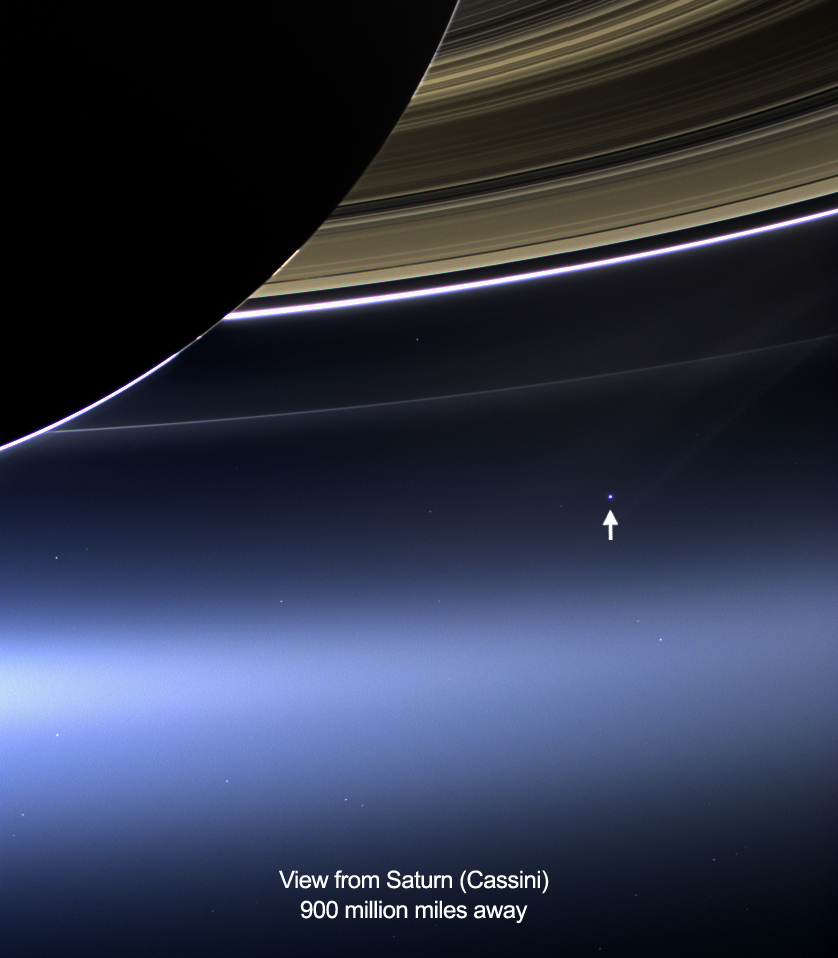The Science Behind Geologic Hazards and the Environment
Introduction

On July 19, 2013, thousands of people gathered to celebrate and watch our planet taking ‘a selfie’ for the third time in history. The camera traveled on NASA’s Cassini spacecraft, the Earth was photographed at a distance of approximately 898.4 million miles (1.45 billion kilometers) from Earth. The image shows a tiny dot, not too different from other bright dots in the cosmic background. A reminder that our Grand planet is a speck of dust in the immense universe. In Carl Sagan’s words: “the Earth is a very small stage in the vast cosmic arena” (Sagan, 1994).
Our “Pale Blue Dot” is everything to us. It is truly all that we have. We depend on our planet and we will continue to do so, at least in the near future. This may be the reason timeless cultures refer to our planet as Mother Earth and maintain a relationship of reciprocity and gratitude. We have a responsibility to learn about our home. If we are to survive and thrive on this planet for millions of years, or at least until we can migrate to another planet, then we must take care of our home, and of one another. To use Carl Sagan’s words:
“To me, it underscores our responsibility to deal more kindly with one another, and to preserve and cherish the Pale Blue Dot, the only home we’ve ever known.”
Our lives are so intertwined with our Earth that even modest changes to the Earth’s systems have shaped the course of civilization. Understanding Earth’s systems and how they interact with us is vital for our survival and for a resilient future. The Geosciences, study our planet dynamics and materials. An understanding of the basic pillars of the Geosciences will allow you to understand the Earth’s influence on you and of your influence on Earth, and this will be the focus of our first chapter. We can only preserve our world if we know something about it.
Welcome to this journey!
Learning Objectives
By the end of this chapter you will be able to:
- Explain how Earth scientists apply the scientific method to study geologic hazards and our environment.
- Recognize the difference between science denial and science skepticism.
- Define the links between increasing population and natural disasters.
- Define unnatural disasters.
- Define the stages of the demographic transition model.

